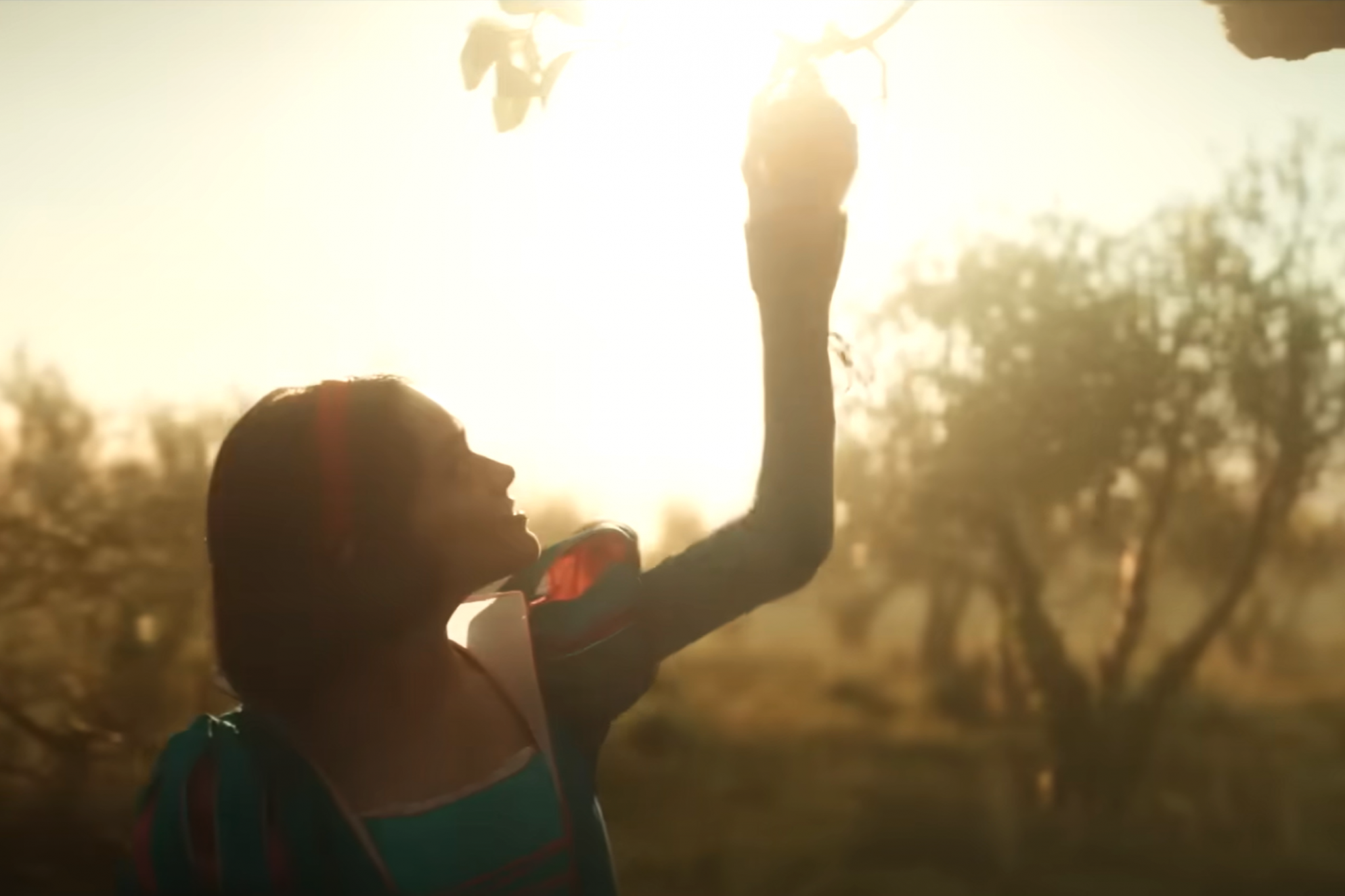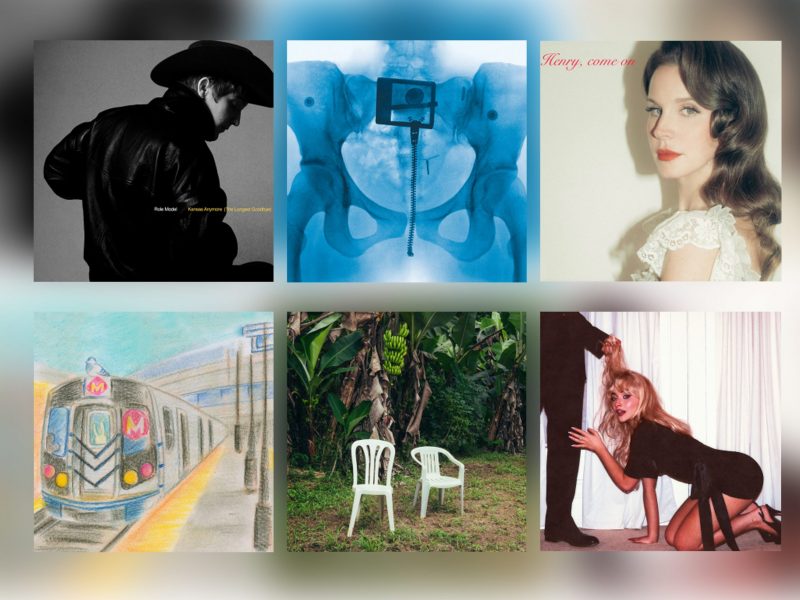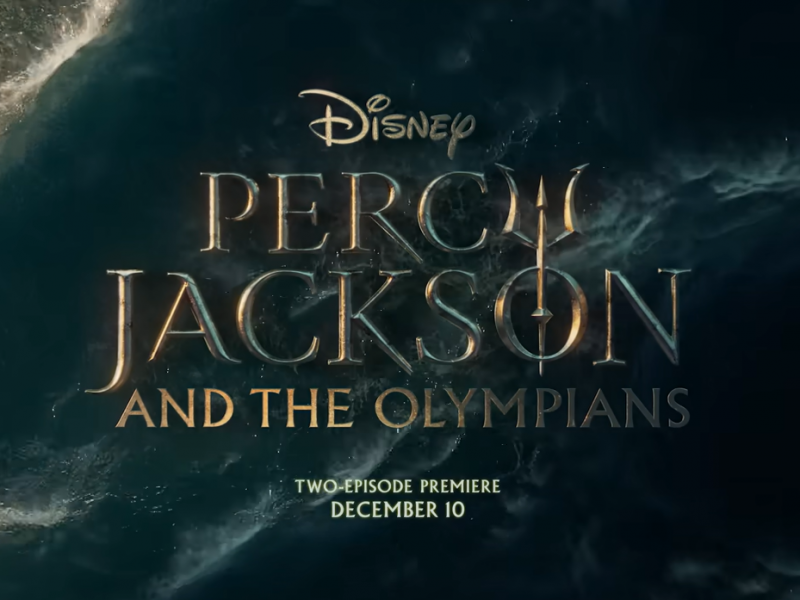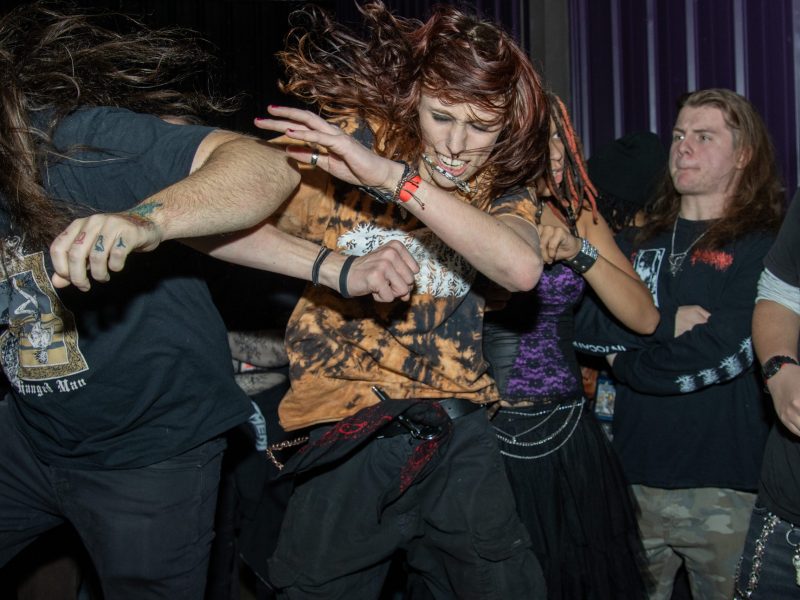Disney’s new live-action adaptation of its classic film Snow White opened in theaters last weekend to a less-than-stunning response, grossing about $87 million globally. Compared to film’s budget of more than $200 million, predictions for its future returns are bleak.
But this isn’t an anomaly. Snow White is just the latest in a slew of live-action adaptations with broadly mediocre reception, and even animated films such as Moana 2 and Pixar’s Elemental received a similar response.
Finding anything in Disney’s ocean of post-pandemic content that feels on par with Frozen or Finding Nemo is exceptionally difficult. The company seems to have abandoned its original creative, breakneck approach to filmmaking, opting instead for movies with oversaturated humor and a predictable line of action.
This theme in recent releases signals an underlying identity crisis within the company post-pandemic. With the combined loss of theatergoers during COVID-19 and Disney’s recent leadership shakeups, the company is clearly attempting to find stability elsewhere — but not in deviating from its formula.
[‘I Am Music’ is a new, unfocused side of Playboi Carti]
Disney’s existing intellectual properties are now the company’s north star, creating the basis of current content — think endless Star Wars spinoffs and Marvel universe expansions. It’s admittedly a strategy that brings in massive returns for the company, but is bound to create products with a short shelf life.
Unsurprisingly, the exploitation of these properties often includes the ones with the most dedicated fan bases. It creates an endless source of disappointment for fans who hold the media so dear. Star Wars fans will always watch shows which promise new stories with the characters they love, such as Ahsoka or Obi-Wan Kenobi, only to be let down by flimsy storytelling and depictions of their favorite characters nowhere near the originals.
There’s no question that the film industry as a whole is struggling to meet the same profit margins as it did before COVID-19 — in fact, it was mentioned at the Oscars this year — but other studios and plenty of film companies have found immense success in new approaches to film.
Look at the 2024 animated film Flow, which saw massive commercial and critical acclaim despite being created using an open-source animation software by independent filmmakers from Latvia. The film, which features no dialogue, was hailed for its sentimental storytelling, while also making its animal characters and the story itself feel deeply real, contrasting a lack of the excessive theatrics or on-the-nose themes Disney historically employs.
When compared with Inside Out 2’s intense, frenetic humor and nearly identical plot to the original, it’s not difficult to see why audiences would have preferred a more understated but resonant film such as Flow. The Academy seemed to agree. The film lost the Oscar for Best Animated Feature to Flow in a record three-year losing streak for the company’s animation department.
[UMD alum shares first-generation journey in new memoir ‘Smart Girl’]
Films that do seem to have a new setting and characters usually pan out to be a thin variation of the typical three-act story the company is synonymous with. It’s reliable but not interesting. Good enough for kids, but nothing for wider audiences to appreciate. It’s a story that felt exciting and original when films such as The Incredibles and Toy Story were first released, but loses its luster by the time the third sequel rolls around.
It’s especially unfortunate that now, nearly a century after the trailblazing release of the original Snow White and the Seven Dwarfs as Disney’s first animated feature-length film, the same company is choosing to release a remake resplendent with uncanny CGI dwarves and unnecessary, low-effort narrative additions.
Disney has always been an industry leader in telling stories of underrepresented communities and experiences, but without changing its formula of using existing intellectual properties or overdone plotlines, it simply won’t find a new emotional vein with audiences.



